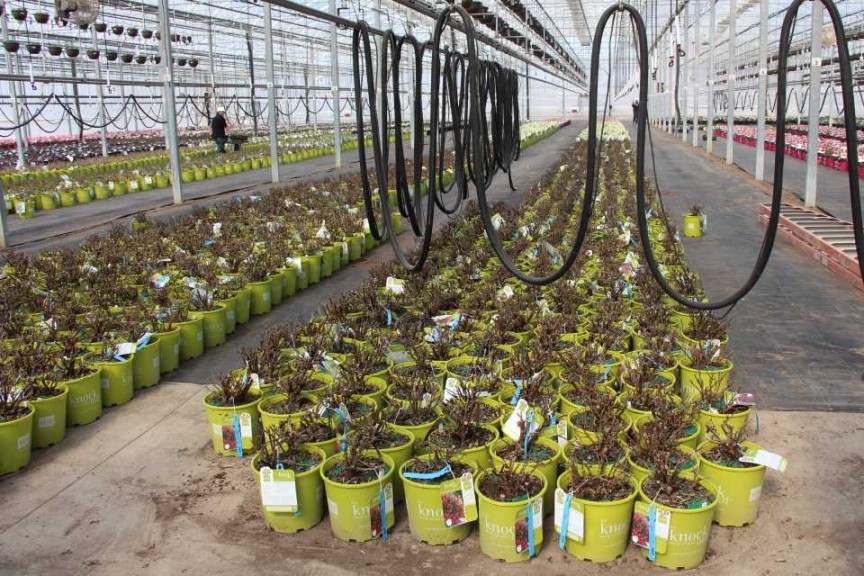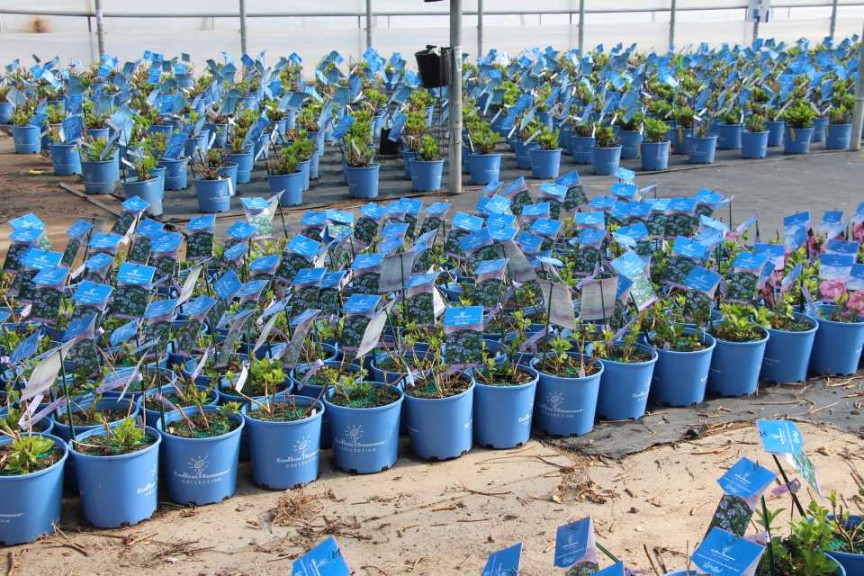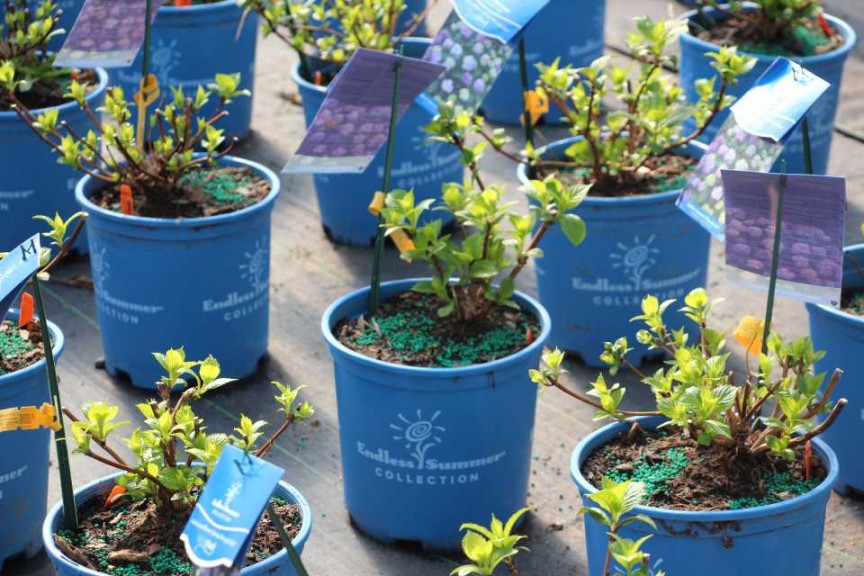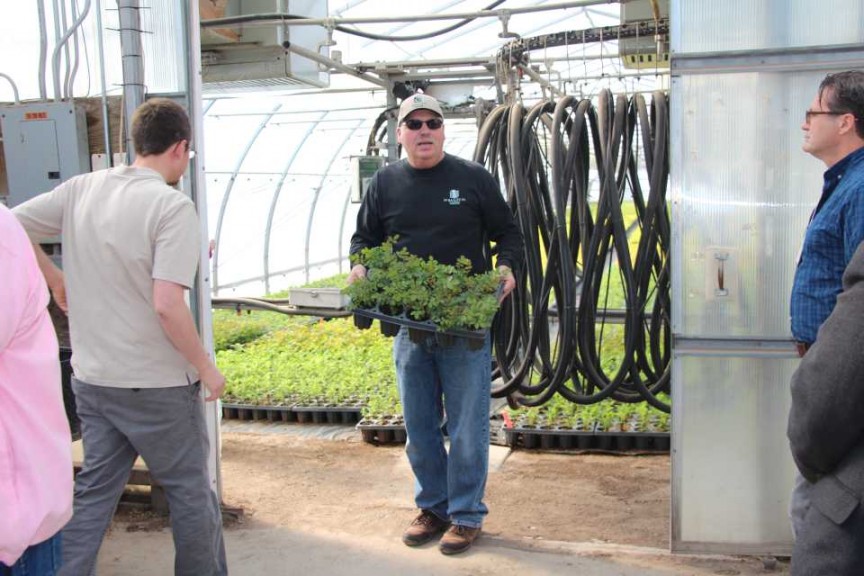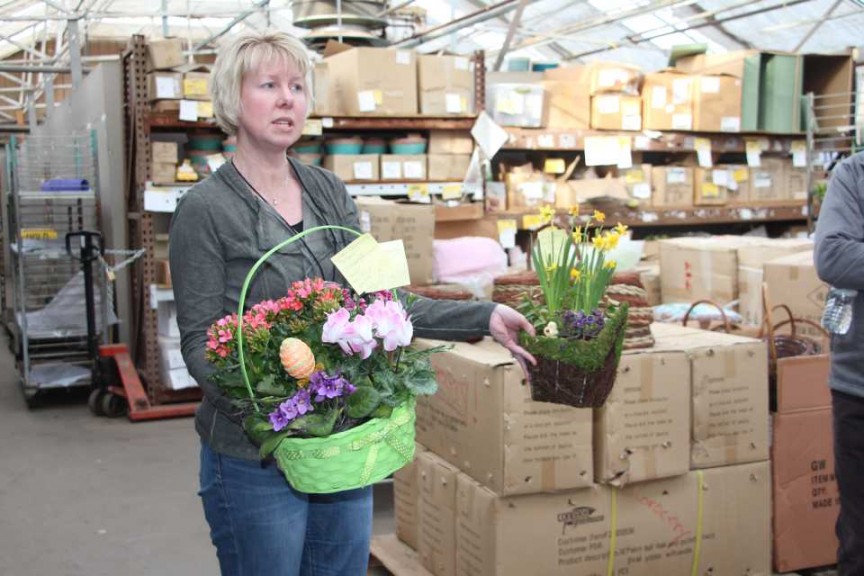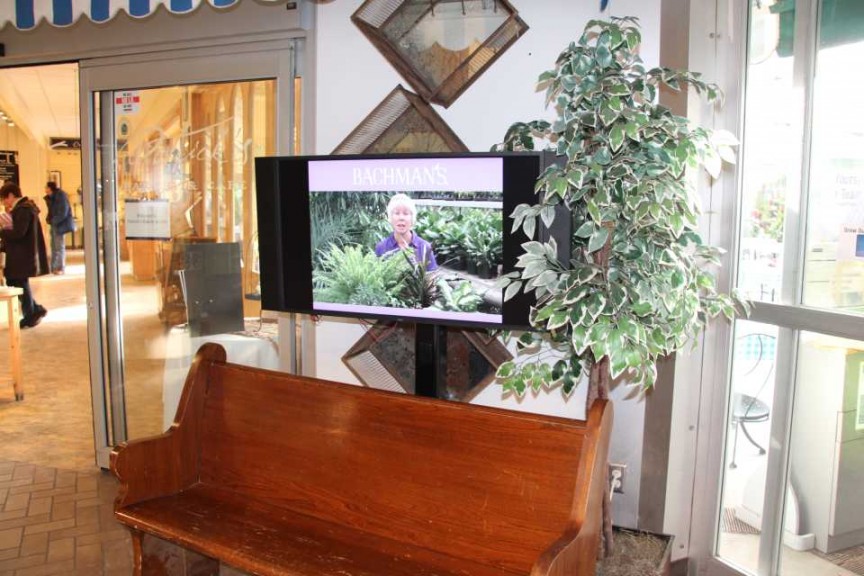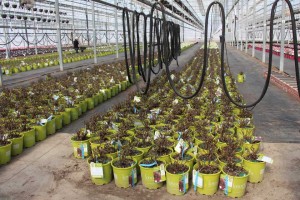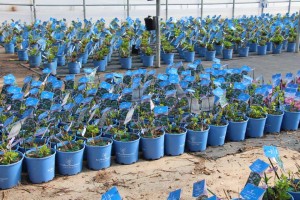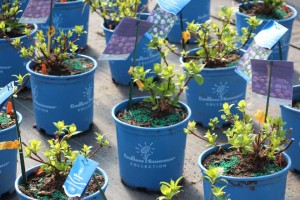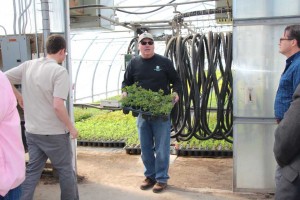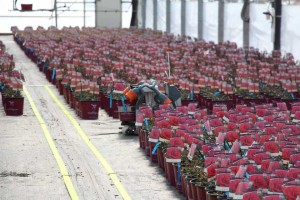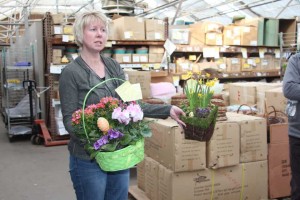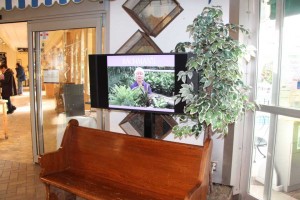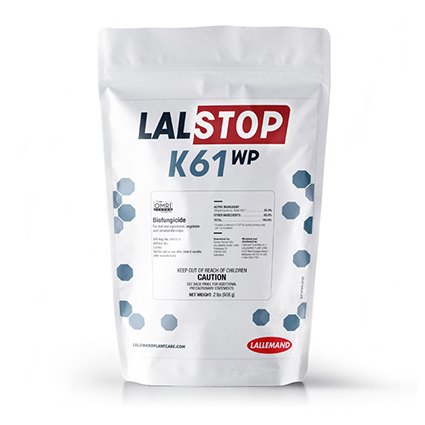2015 National Floriculture Forum Focuses On Marketing Initiatives

Gertens Greenhouses and Garden Center intentionally places blooming plants near its entrance to draw customers in.
The 2015 National Floriculture Forum, held March 6 to 7 in Minneapolis, Minn., zeroed in on the topic of marketing strategies and initiatives in the horticulture industry.
The National Floriculture Forum is an annual meeting where greenhouse and floriculture faculty, graduate students and industry partners meet, collaborate and share updates on current research, issues and initiatives.
The event included visits to local operations Gertens Greenhouses and Garden Center, Bailey Nurseries, Bachman’s Floral, Home and Garden and Tangletown Gardens.
Gerten’s Marketing Targets Younger Generations
Gerten’s retail store is more than 40,000 square feet, and it is one of only a handful of garden centers that grows the majority of the goods it sells.
Gerten’s primary marketing strategy is to target females aged 25 to 49, with the goal of getting younger customers interested in gardening, so the business can continue to experience the growth it needs. In the past five years, Gerten’s has tried to make its marketing message more consumer friendly, and has increased the amount it spends on television advertising. The garden center is now spending less money on marketing overall and reaching twice as many people as before. Gerten’s marketing message doesn’t aim to sell certain products, but rather, it tells people where they should go to shop. Its marketing plan reinforces that Gerten’s is a place to go for quality product.
Bailey Nurseries Has Success Building Brands
Bailey Nurseries is a fourth generation family-owned nursery with products distributed to more than 4,500 independent garden centers, landscapers, growers and re-wholesalers. The tour visited the operation’s main offices and growing fields in Newport, Minn., just outside of Minneapolis. Bailey Nurseries is a self-sufficient company focused on innovation. It offers a mix of more than 1,500 varieties in bareroot product, finished container product and Jumpstart liners.
A presentation on marketing at Bailey Nurseries focused on the operation’s popular brands, especially the Endless Summer Hydrangeas collection, which was launched in 2004 with ‘The Original,’ followed by ‘Blushing Bride’ in 2007 and ‘Twist-n-Shout’ in 2009. Though the launch of the Endless Summer brand was successful, the company admits to having made some missteps. ‘Blushing Bride’ was not as successful as ‘The Original,’ and another variety, ‘Bella Anna’ was met with challenges — it was difficult to grow in a pot, and wasn’t a Hydrangea macrophylla like the other varieties — and so it was discontinued.
The company slowed down its breeding, and is not releasing new varieties as frequently. However, the operation is focused on marketing the popular Endless Summer brand, and making sure consumers recognize its signature blue pot. The company still does print advertisements in consumer publications, but it is also reaching people through social media and digital outlets. Essentially, Bailey Nurseries has taken the marketing of its plants into its own hands, and is retailing the plants for the retailer.
[blackoutgallery id=”68464″]
Bachman’s Works To Know Its Customer
Bachman’s has been in business since 1885, when founder Henry Bachman, Sr., planted vegetables on a plot of land in south Minneapolis. Albert Bachman, one of Henry’s five sons, first made the decision to grow flowers rather than vegetables in one of the greenhouses. He also chose the company’s distinctive color when a paper salesman presented him with three color choices. Albert chose purple, because no other company wanted to use purple as a company color. Bachman’s now has six retail locations in the Twin Cities, products in metro area Lunds and Byerly’s stores, indoor and outdoor landscaping divisions, a nursery wholesale division, seven acres of greenhouses and a 670-acre growing range near Lakeville, Minn. Bachman’s fleet of purple floral trucks delivers more than 5,000 packages during an average week.
Like Gertens, Bachman’s marketing strategy focuses on reaching the younger customer, specifically females aged 30 to 44. Their marketing message aims to be cohesive across all of the company’s divisions and reach customers across multiple media channels, especially digital and social media channels. The company has put together the Bachman’s Advisory Council, a group of 15 women in the 30-44 age range who meet in a focus group and complete worksheet assignments, sharing their feedback and ideas with Bachman’s.
Tanglestown Gardens Practices Sustainable Agriculture
The conference closed with a tour of Tangletown Gardens. Since 2002, Tangletown Gardens has been growing most of the plants it sells and installs in its landscapes at its Plato farm. More recently, all the fresh produce for Tangletown Gardens’ CSA shares and the menu at its Wise Acre Eatery is grown at the Plato farm. The business takes pride in its revolutionary way of thinking that sets it apart from mainstream retail shops, nurseries, landscape firms and garden centers.
Attendees Share Ideas And Initiatives
The National Floriculture Forum also provided an opportunity for attendees to hear a presentation from Proven Winners’ Marshall Dirks on Proven Winners’ own marketing strategies, as well as give their own presentations for their colleagues. Dr. Terry Ferris, University of Wisconsin-River Falls, and Dr. Paul Thomas, University of Georgia, gave an overview of American Floral Endowment’s scholarship program. Dr. Mary Meyer, University of Minnesota, gave an update on the American Society for Horticulture Science’s National Horticulture Promotional Initiative, which aims to change the perception of horticulture and increase the number of young people pursuing careers in the industry.
Attendees Dr. John Irwin, University of Minnesota, Dr. Chad Miller, Kansas State University; Kim Williams, Kansas State University; Neil Anderson, University of Minnesota; Dr. Chris Currey, Iowa State University and Kenneth McCabe, an Iowa State graduate student, each took time to give presentations, as well.










